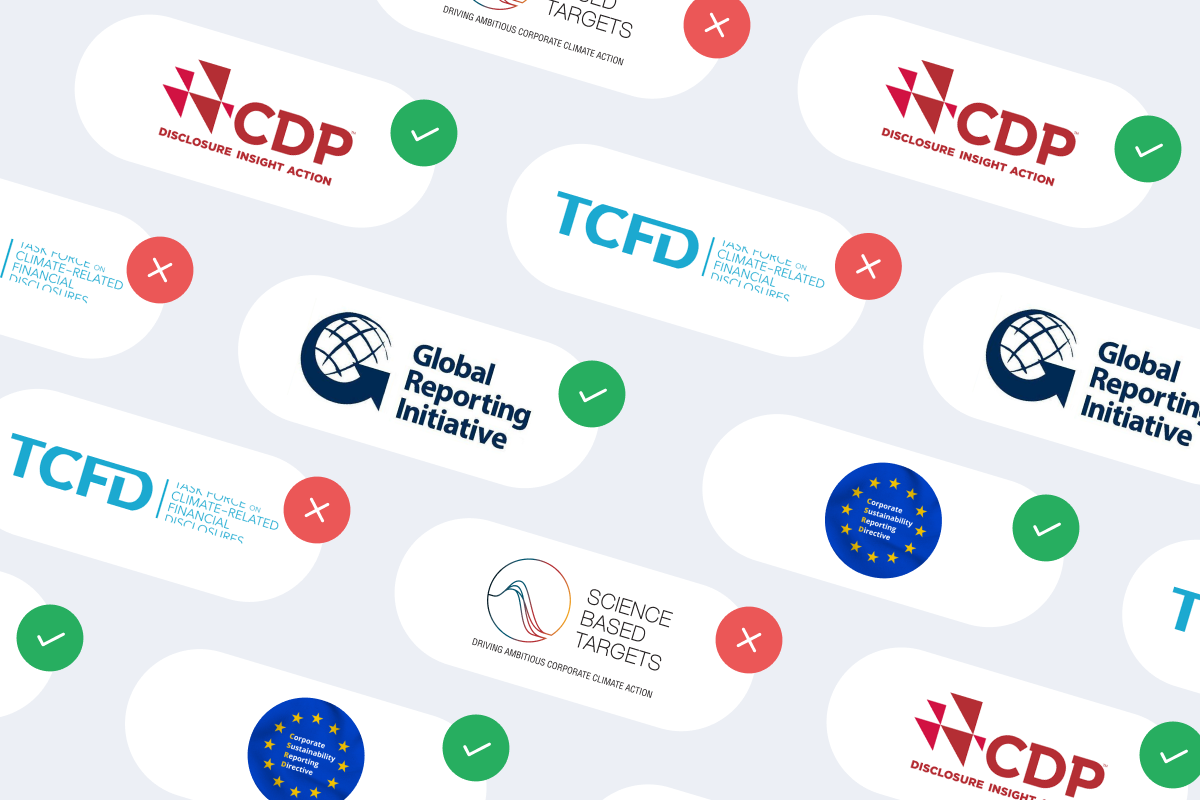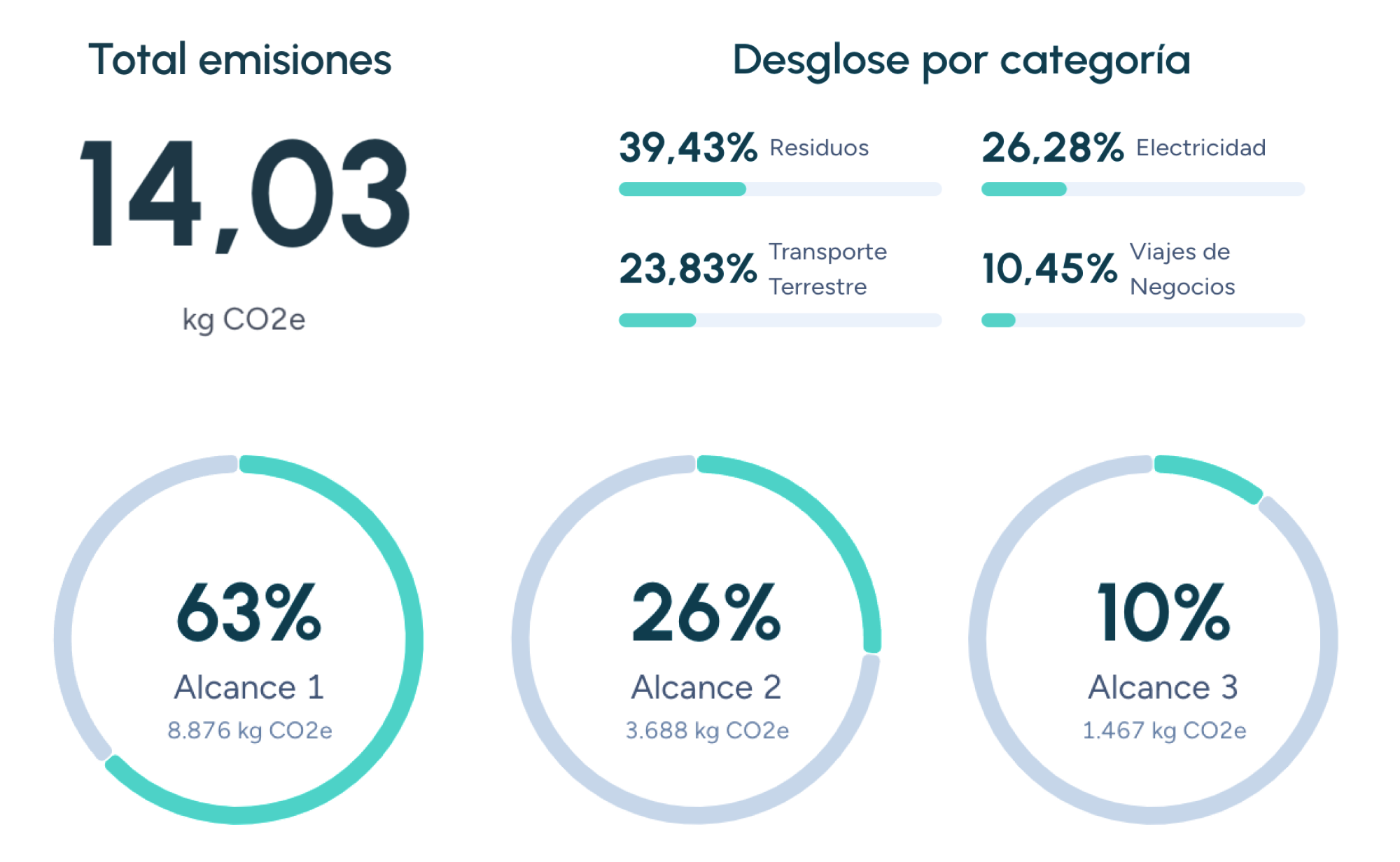G
Greenhouse gases (GHGs)
What are greenhouse gases?
Greenhouse gases (GHGs) are gaseous components of the atmosphere that absorb and emit infrared radiation, producing the greenhouse effect, a natural phenomenon that allows life on Earth by maintaining a habitable average global temperature. However, the disproportionate increase in these gases due to human activity is causing accelerated global warming with negative consequences for the planet.
What is the greenhouse effect?
The greenhouse effect is a natural process in which solar radiation reaching the Earth is partially reflected back into space and partially absorbed by the Earth's surface. This absorbed energy is then re-emitted as infrared radiation. GHGs in the atmosphere absorb some of this infrared radiation, preventing it from escaping into outer space and redirecting it back to the Earth's surface. This natural process keeps the Earth's average temperature around 15°C, making life as we know it possible.
Types of greenhouse gases and their sources
There are different types of GHGs, each with a different global warming potential (GWP), which measures a gas’s ability to trap heat in the atmosphere compared to carbon dioxide (CO₂) over a given period. The main GHGs are:
- Carbon dioxide (CO₂): The most abundant and persistent GHG, mainly emitted from burning fossil fuels (coal, oil, and natural gas), deforestation, and cement production.
- Methane (CH₄): Has a much higher GWP than CO₂ but remains in the atmosphere for a shorter time. Main sources include livestock, agriculture (rice cultivation), fossil fuel extraction and transportation, and organic matter decomposition in landfills.
- Nitrous oxide (N₂O): With a higher GWP than CO₂, it is primarily released from nitrogen-based fertilizers in agriculture, fossil fuel combustion, and some industrial processes.
- Fluorinated gases: Includes hydrofluorocarbons (HFCs), perfluorocarbons (PFCs), and sulfur hexafluoride (SF₆). These synthetic gases are used in refrigeration, air conditioning, aerosols, and some industrial processes. They have a very high GWP and persist in the atmosphere for a long time.
- Water vapor (H₂O): While a potent GHG, its concentration in the atmosphere is directly related to temperature, so its impact on global warming is considered a feedback effect.
Impact of greenhouse gases on climate change
The disproportionate increase in GHG concentration due to human activity is intensifying the natural greenhouse effect, causing accelerated global warming and climate change with negative consequences for the planet, such as:
- Global temperature rise: Leading to glacier and polar ice cap melting, sea level rise, and more frequent and intense extreme weather events (heatwaves, droughts, floods, hurricanes, etc.).
- Ocean acidification: The absorption of CO₂ by the oceans leads to acidification, affecting marine life, especially corals, mollusks, and plankton.
- Biodiversity loss: Climate change is altering ecosystems and endangering many species.
- Human health impact: Rising temperatures and air pollution negatively affect respiratory and cardiovascular health, among others.
The importance of measuring the carbon footprint
The carbon footprint is an indicator that measures the total amount of GHGs emitted by an activity, product, organization, or individual. Its measurement is essential to:
- Understand the impact of human activities on climate change.
- Identify key emission sources and establish measures to reduce them.
- Track progress in emission reduction over time.
- Compare the environmental performance of different products, services, and organizations.
- Comply with international climate change regulations and commitments.
The carbon footprint is measured using standardized methodologies such as the Greenhouse Gas (GHG) Protocol, which provides guidelines for GHG accounting and reporting.
Companies that trust us

CO₂ Equivalent
Understand what CO₂ equivalent means and why it's important in measuring the carbon footprint. Learn how it’s calculated and its role in fighting climate change.
Carbon Footprint
The carbon footprint measures the total amount of greenhouse gases emitted directly or indirectly by human activities, and its reduction is key to mitigating climate change through strategies such as energy efficiency and the use of renewable energy.
Carbon Footprint aspects
Discover what a carbon footprint is, why it matters, how it is measured, and the emission scopes defined by the Greenhouse Gas Protocol.
Guiding businesses towards net-zero emissions through AI-driven solutions.
© 2025 Manglai. All rights reserved
Política de Privacidad


